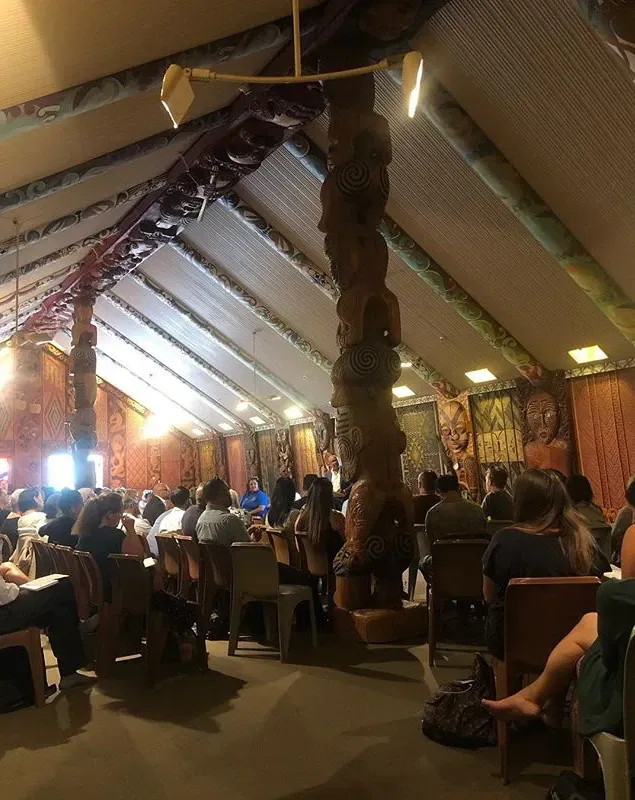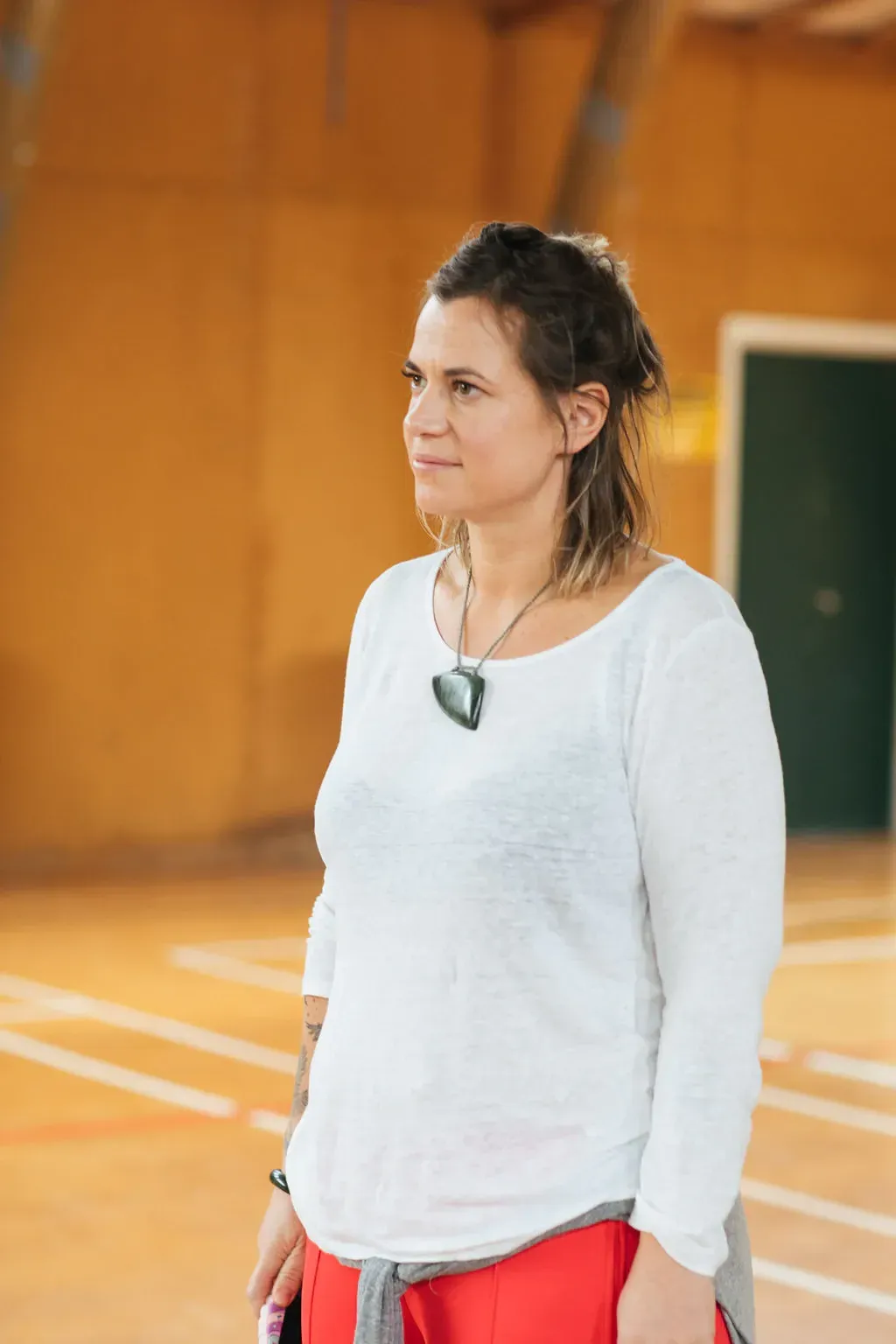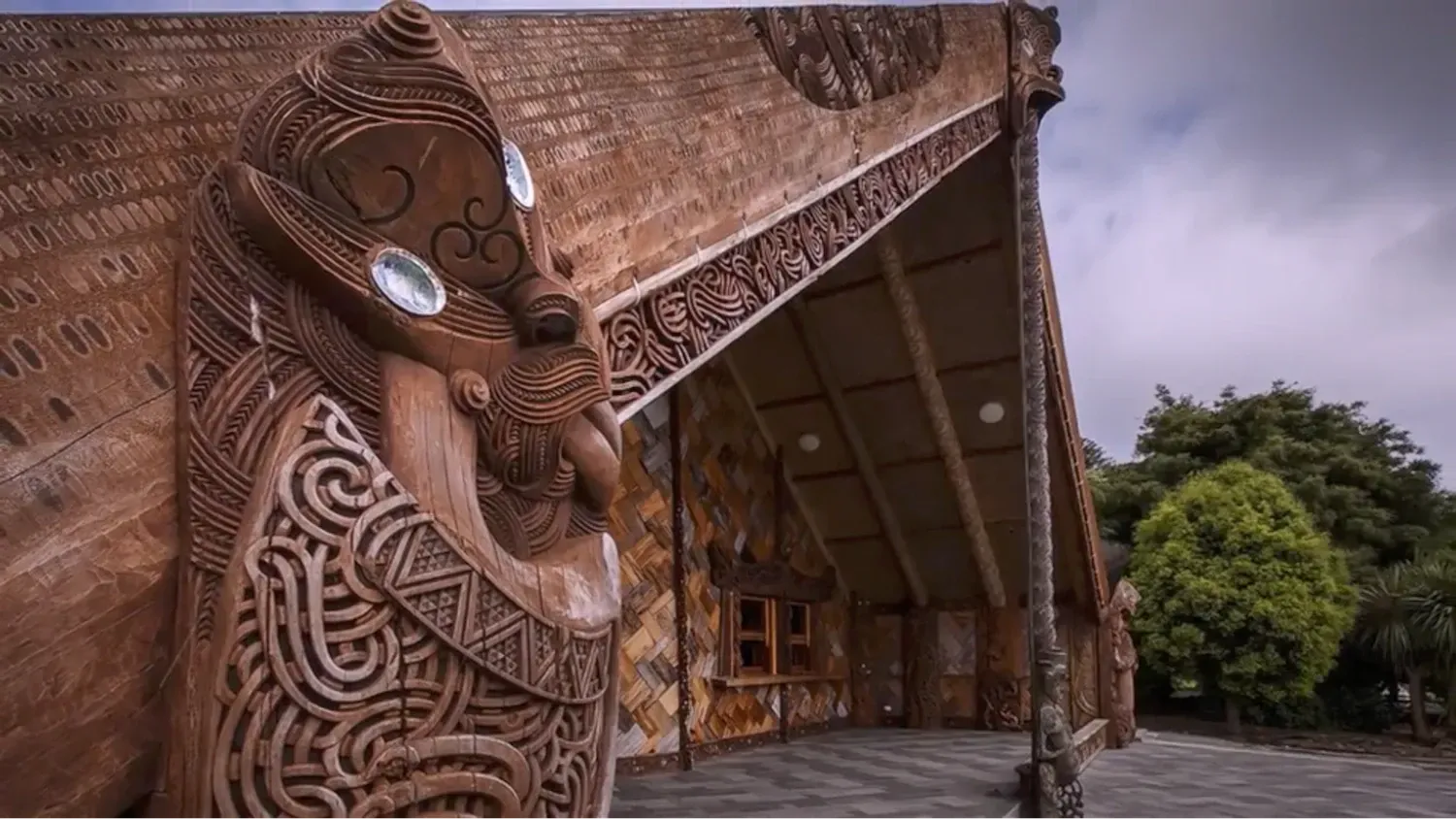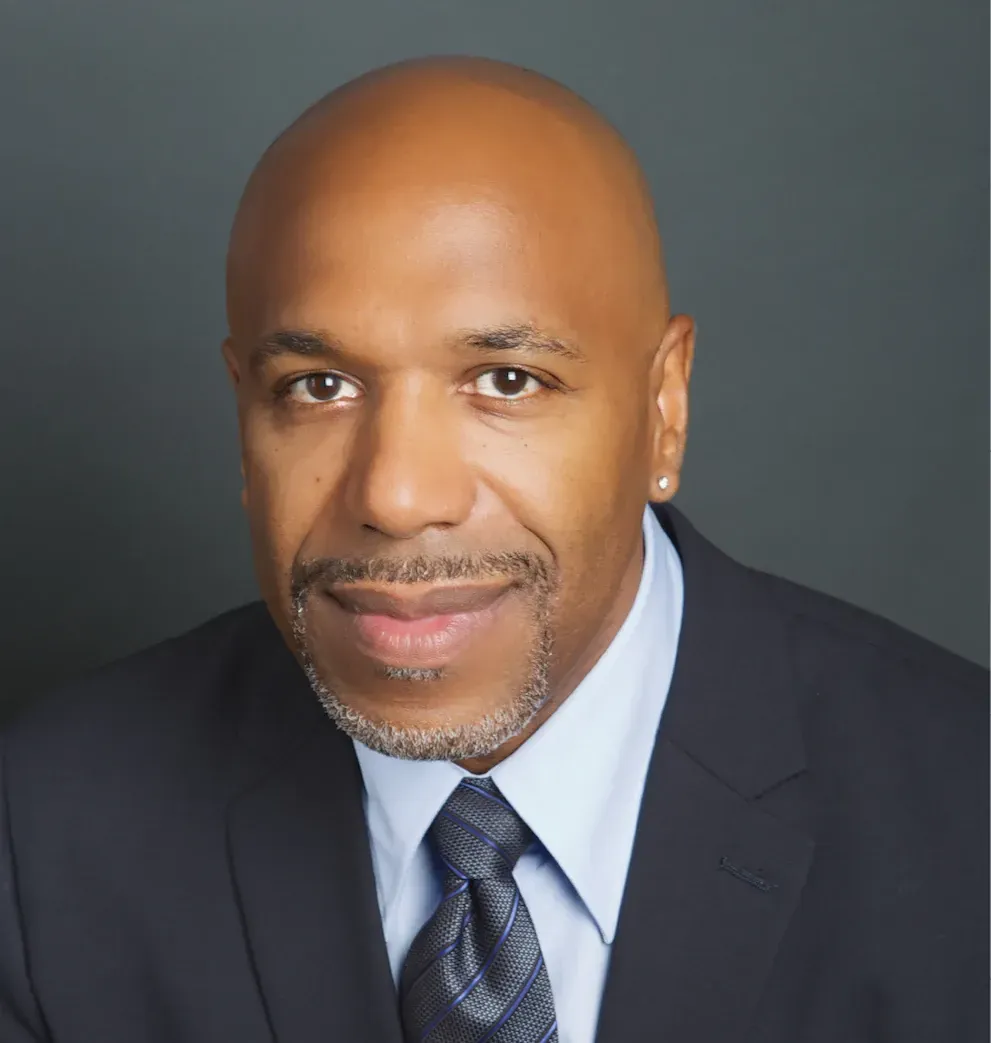Who’s up for a Courageous Conversation?
Written by
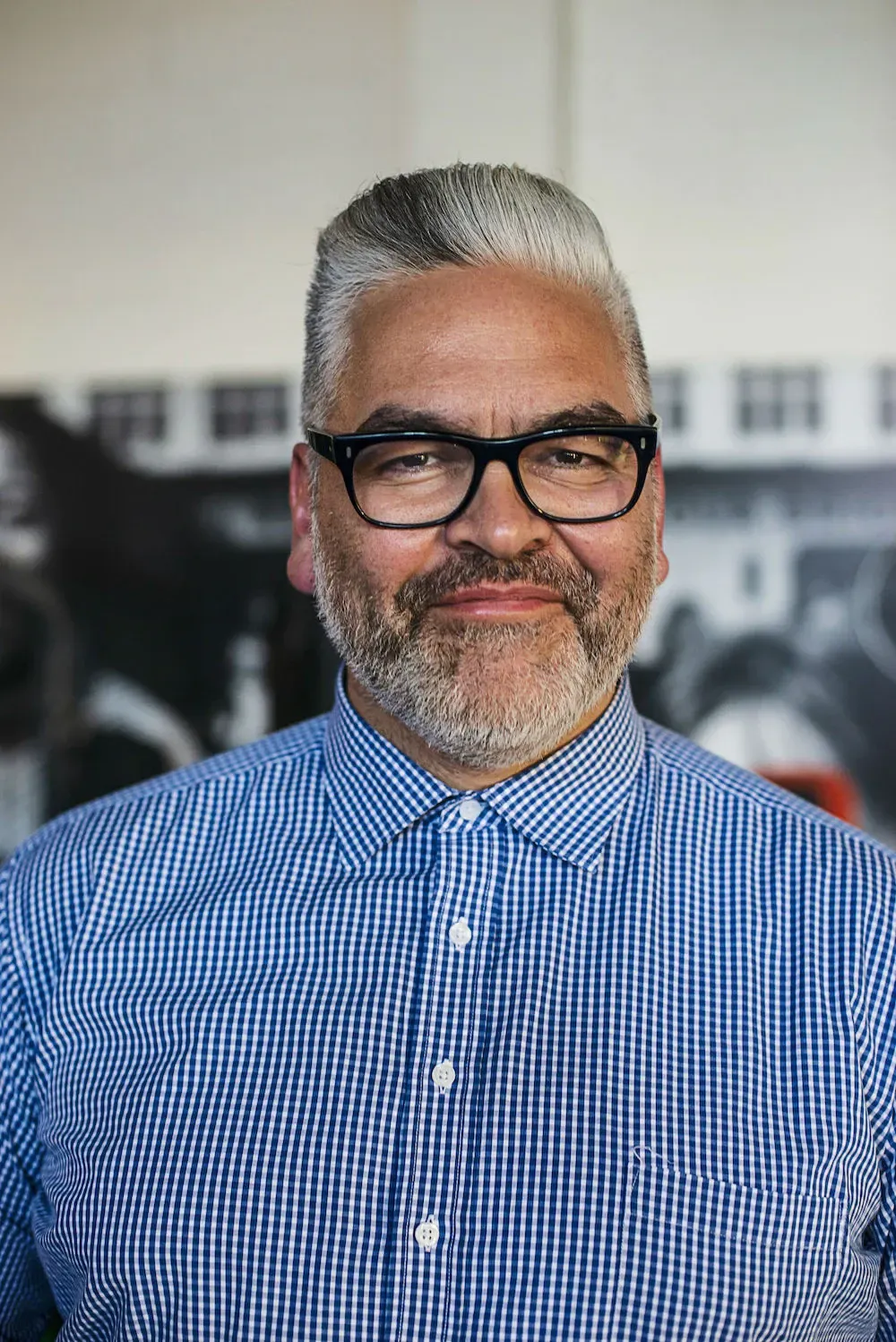
Last week, New Zealanders and media outlets alike found themselves struggling for words in the aftermath of an act of terror committed by a white supremacist against our Muslim whānau. 50 dead. 49 wounded.
Last week, we were forced to confront the devastating ramifications of racism in our country.
Last week we had to consider the notion that this is indeed us.
It’s a spectrum
Depending on who you talk to, this act of terror changed everything or nothing in New Zealand. What was going to be a piece focussing on racism in the arts - an already vital conversation - has taken on a whole new level of importance. A dark undercurrent that had previously only been experienced by non-Pāhekā people in Aotearoa has been thrust into the national spotlight.
It’s not that there are no words for this event. There are too many. They get caught in our throat as we struggle to articulate them. Because we are being confronted with a reality of unsavoury realisations about our country.
It’s not that there are no words for this event. There are too many.
So in order to have an open, honest conversation about race and race relations in New Zealand, it is only right that the privileged, mainstream voice - the Pākehā voice, my voice - is quieted and the authentic voices of those who have experienced, studied and actively worked against racism are empowered and heard.
Originally, the backdrop of this piece was our interest in Courageous Conversations, a programme that took place on Waipapa Marae on International Race Relations Day. Put on by the Institute for Courageous Conversation and the Courageous Conversation Global Foundation, this United-States based initiative aims to educate and engage with communities and organisations on matters of race and racism.
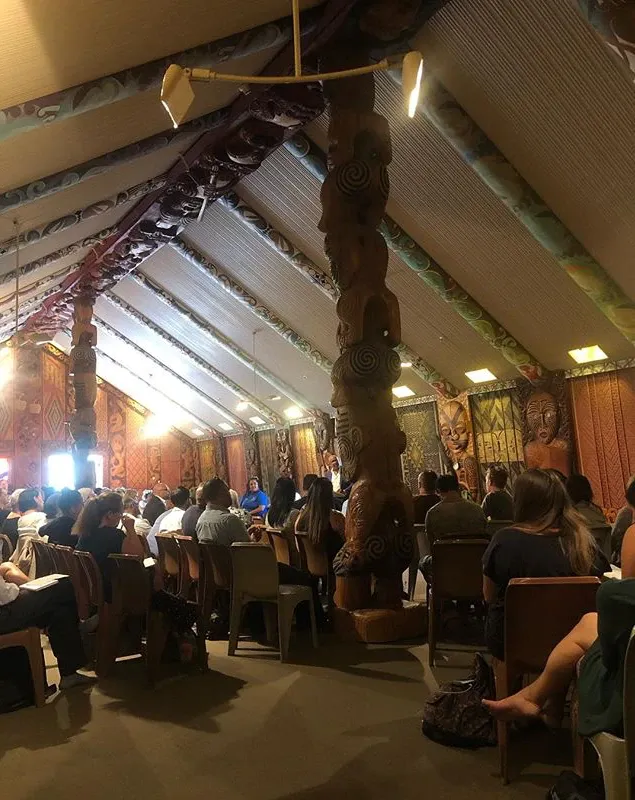
Conversation is needed more now than ever before
Given the events of Friday, 15 March 2019, it is clear that their tools to promote diversity, equality, consciousness and healing are needed more now than ever before - both within the arts and as a wider national conversation. Because the attack in Christchurch is the ultimate horrific manifestation of the same racism – unconscious or otherwise - which pushes many indigenous artists to the fringes. It’s just a matter of degrees.
My interviewees include Courageous Conversation Institute founder and President Glenn Singleton, who spoke at the event, award-winning playwright and actor Victor Rodger and Courageous Conversation attendee Jess McCabe, Whānau Relationships Coordinator for Ngā Rangatahi Toa, a creative youth development organisation focusing on rangatahi.
So let’s listen in on a conversation that is uncomfortable in its truth and necessity but not without hope for the future.
Discomfort is where we need to go
The need to have uncomfortable conversations in order to make any real progress within the arts and using art as a way to explore that discomfort is an early common thread.
“There’s an old phrase I hang onto – art should comfort the disturbed and disturb the comfortable – and that’s why if I don’t feel the squirm or if I don’t feel that audience squirm, I say then what is the point? If we’re not changed or challenged by the experience, then what is the point? Discomfort is where we need to go and I’m ready,” says Victor.
"There’s an old phrase I hang onto – art should comfort the disturbed and disturb the comfortable (...) If we’re not changed or challenged by the experience, then what is the point? Discomfort is where we need to go and I’m ready" - Victor Rodger
For Glenn, the arts is an essential tool for addressing racism. “New Zealand has a very well situated culture for avoiding conversations around race and observations and analysis around systemic race; there’s the perspective that the [Christchurch Terrorist attacks] isn’t New Zealand, but this is precisely New Zealand.”
So how can the arts help?
“The arts are often a place where people can reduce some of their defensiveness and relinquish their arrogance. Where we can expand our mind and open our hearts to difference and diversity. We are more likely to step out of our own cultural viewpoint and be willing to explore. Through the arts, people are situated to hear stories different to their own daily conversations. If you try and have a conversation in the heat of the moment, like on Friday [terrorist attacks] people often arrive at those conversations not having the confidence or the courage to relinquish their point of view.”
The road to hell is paved with good intention
However, in order to have these stories told, these conversations had, we must first recognise the systemic and structural racism within the arts.
"Through the arts, people are situated to hear stories different to their own daily conversations." - Glenn Singleton
“Racism within the arts is a levels thing” muses Victor. “But it’s things like what people get shoulder tapped for that makes me raise my eyebrow. A phrase that springs to mind is “nothing about us without us” - it's a disability rights phrase from the 1980s. I’ve seen a lot about us without us."
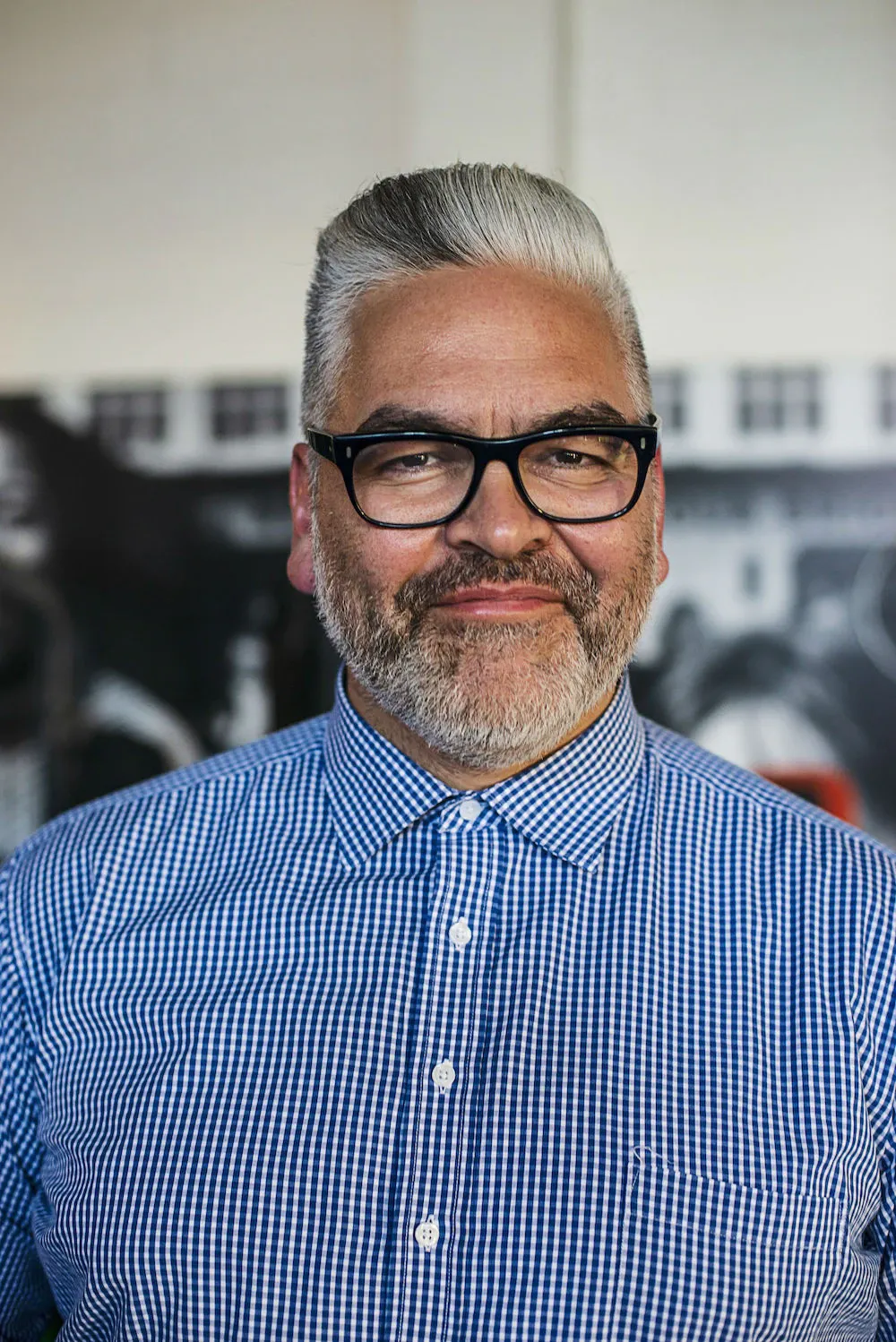
"By that I mean Palagi power. I’m very conscious when I look at the top tiers of organisations, we’re not up there in any great numbers. I don’t believe anything will really change until more of us are in the top tier of management. Because otherwise what you can have is the road to hell paved with good intention. You have people in power with really good intent, but they’re making decisions without us around the table...and don’t just do it with one representative, make it really reflective of New Zealand society.
"You have people in power with really good intent, but they’re making decisions without us around the table...and don’t just do it with one representative, make it really reflective of New Zealand society." - Victor
Because otherwise, the power remains with those who are racially and often internally homogeneous. Nothing changes because they’re all speaking the same language. I get the point of getting people on board who you feel comfortable with, but it takes actively trying to recruit from outside their pool and often I see that they don’t know how.”
The need for a shift up top was echoed by Glenn. “Racism plays out in so many ways in the creative world. The irony in New Zealand is that Māori have had such a heavy influence in the arts. So why it’s become an issue of their prominence is an indication of the systemic and structural racism that needs to be addressed....we need to hear our voices in the places that make decisions that will change what stories are brought, how they’re cast, how they’re supported. Until the people making those decisions have a real, genuine desire to support that participation, it’s going to be seen as tokenistic and you can’t expect there’s going to be sustainable, measurable change.”
For both of them, the power structure impacts the way stories about people of colour are told and portrayed.
“Rather than legitimate portrayals, the art being created shows images and reflects a culture that is easier for the dominant race to embrace and understand with little or no interaction with the real culture” says Glenn. “This makes it difficult for people of colour to recognise their own experiences within art. Also, because there are not a lot of people of colour in positions of leadership, the decisions being made are distant from what they would recommend if they had more of a voice.”

Beyond flowers
Bringing the conversation back to the backdrop of Christchurch’s recent terrorist attacks, Victor interrogates the act of bringing flowers to mosques as an example of well-intentioned gesture against racism in New Zealand.
“Where were these people when foreign exchange students were being spat on as they walked home? When [people of colour] were experiencing racism daily?” questions Victor. ”Just because you don’t see it, doesn’t mean that it doesn’t exist.. Beyond flowers, what is next? How can we do better?...in relation to the top tier decision makers in New Zealand sometimes, their version of laying flowers is a Diversity Policy...they get to pat themselves on the back and clink champagne glasses. But that policy is it. There is no active change.”
Was “Green Book” a feel good film about race for white people?
Green Book’s recent Oscar win for Best Picture and subsequent discussion around race was offered as an example of “how far we haven’t come” in terms of depicting race and racism in stories. “It could’ve been the Best Picture for 1967, I would’ve understood that,” says Victor. “It was a feel good film about race for white people – like The Help like Driving Miss Daisy.” “
"It was superficial,” adds Glenn. “Unfortunately, [the Oscars] are about profitability. These topics are in vogue, but all sectors have a responsibility to create fairness and justice for all people. If the creative arts is not being put forward for that and has some sort of ulterior motive, that’s a problem for me. I don’t think we should be attempting to profit on human suffering; too often that seems the way we talk about art in Hollywood. Black Panther should not be talked about as “the highest grossing film” -it’s a story, an image, a whole series of values. It also asks, where are these actors in everyday art? It’s indicative of how Hollywood whitewashes, rendering an entire population insignificant...It shows that those who finance Hollywood, those who have a voice and power are reluctant to make the white, dominant society feel uncomfortable. Often, our stories create discomfort and we need that truth in order to evolve”
Opening our eyes to the reality
The Courageous Conversation programme held at Waipapa Marae was described by Glenn as “an opportunity for people to understand race in New Zealand, to listen to youth and understand how youth activism is being used to address everyday racism. However, we also wanted to highlight the continuum and intergenerational, overlapping issues, which is why we had Dame Rangimarie Naida Glavish as our keynote speaker. She gives the youth a sense of what courage looks like. She is a Dame because of her heroic work and unwillingness to abandon Te Reo. We wanted to highlight that the challenges youth speak of today are the same she spoke of many years ago.” An immediate response to the Christchurch Tragedy was offered by changing Tikianga Māori to allow for a karakia in Arabic.
"Dame Rangimarie Naida Glavish (...) gives the youth a sense of what courage looks like. She is a Dame because of her heroic work and unwillingness to abandon Te Reo. We wanted to highlight that the challenges youth speak of today are the same she spoke of many years ago." - Glenn
Since he was last in New Zealand in September 2018, Glenn has observed that more New Zealanders are “opening their eyes to the reality of race and racism [and] have a desire to engage with effective tools….white supremacy is a growing voice everywhere in the world and [Courageous Conversation] needs to grow its work at a much faster pace, otherwise we will be grieving more as we have the past week.”
Where do we go from here?
For Jess McCabe who went to Courageous Conversations, she came away further affirming her belief that “we need to each look inwardly to figure out what we can do better. In relation to the Christchurch Terrorist Attacks she says “it's easy to drop flowers at a mosque and think you’ve done enough. But that is not enough. We need to do more than that. We need to get outside of our comfort zone and do more things that make us feel uncomfortable because that's where the learning comes from.”
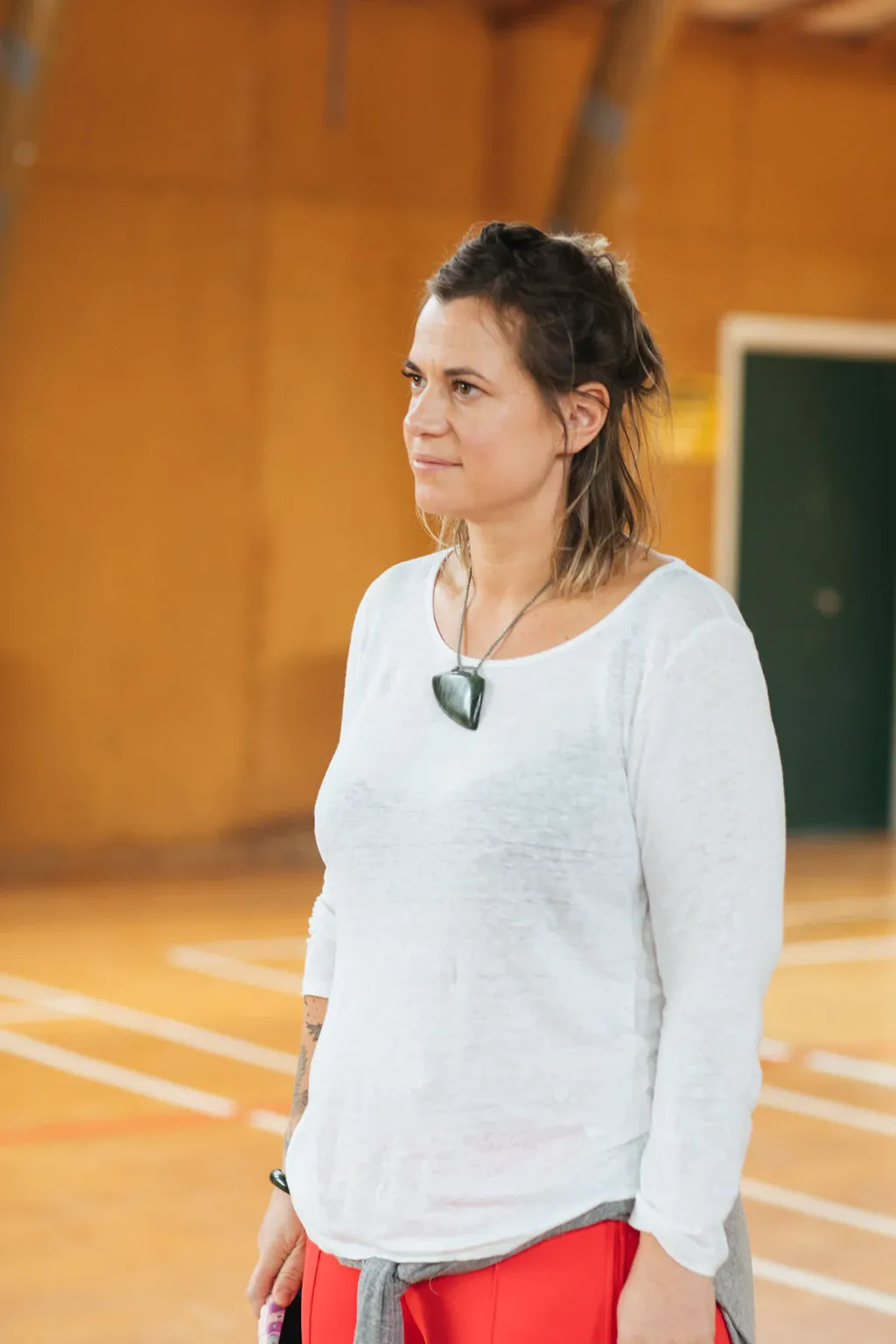
“At Courageous Conversations, one of the speakers said that there is a difference between being nice and being kind” says Jess. “Being nice is laying flowers at a mosque. Being kind is having the courage to stand up against racism, to have uncomfortable conversations. I think New Zealanders, myself included need to actively be kind to see any sort of lasting change in the future.”
"...there is a difference between being nice and being kind. Being nice is laying flowers at a mosque. Being kind is having the courage to stand up against racism, to have uncomfortable conversations." - Jess McCabe
“People need to understand racism” says Glenn. “To say you haven’t experienced it, is like saying you’ve never lived. Racism is in the air, everyone is breathing in racism. It shows itself in different ways, sometimes you’re the victim, other times you’re the perpetrator; there is no neutrality. You’ve got to personalise race. Once you’ve found your stake, you can discover where you can start making a difference – and what is authentic for you and what determines your own purpose in addressing these issues is unique to each person.”
“Until the power shifts, nothing changes and diversity is still being seen through a white lens” asserts Victor. “I’m keen to start having the conversations I have with my mates down at the pub in public, because it’s a way to have those conversations happening more rather than us bitching about this power structure and that power structure in private, it’s about having the courage to have them in public.”
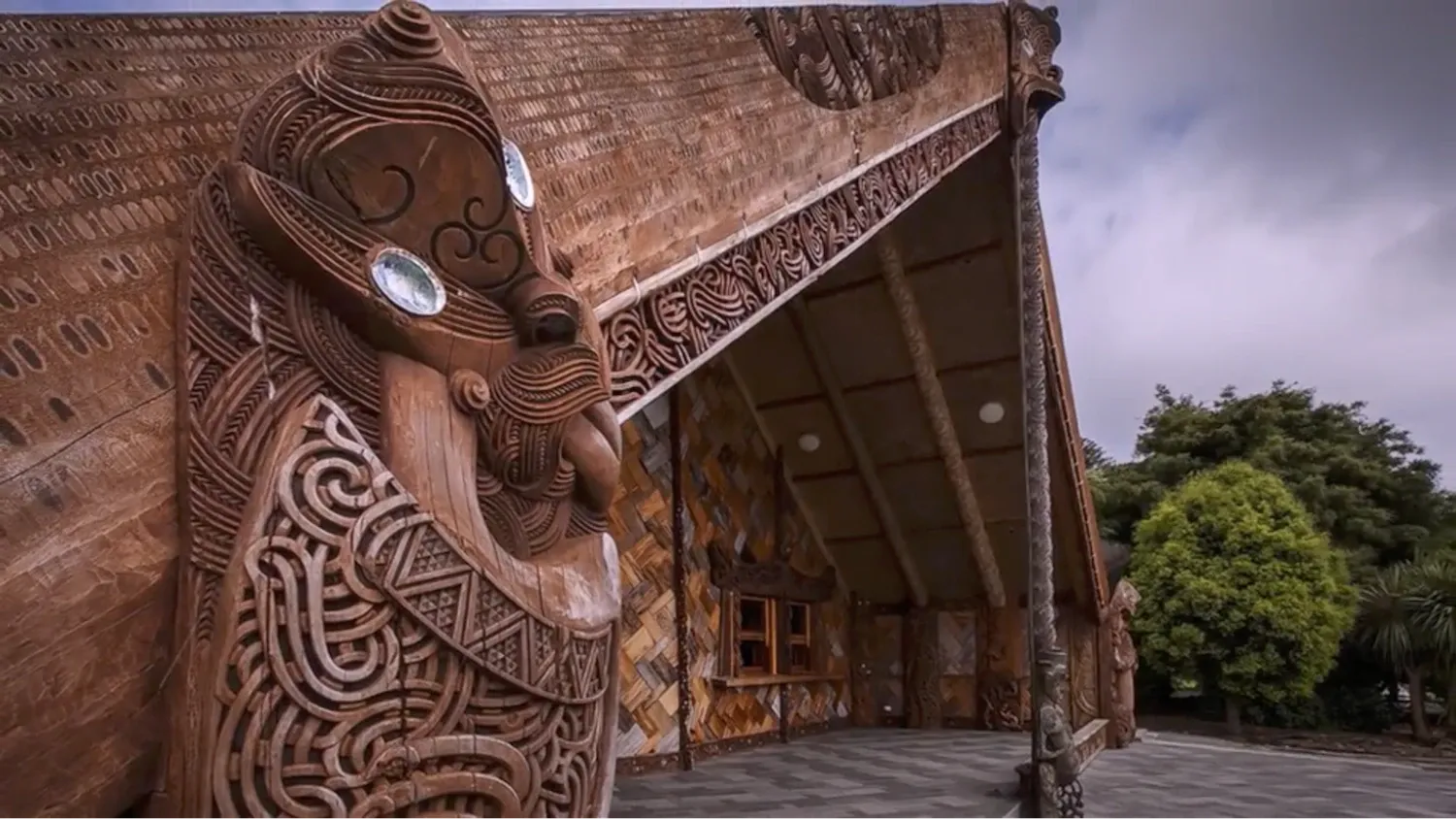
For more information contact the Institute for Courageous Conversations About Race in New Zealand here.
Credits: Photo of Victor Rodger via Victoria University; image of the panel discussion at the Waipapa Marae via Ngā Rangatahi Toa's Instagram; photo of Jess McCabe by Emily Raftery; photo of Glenn Singleton kindly supplied by ICARR.
